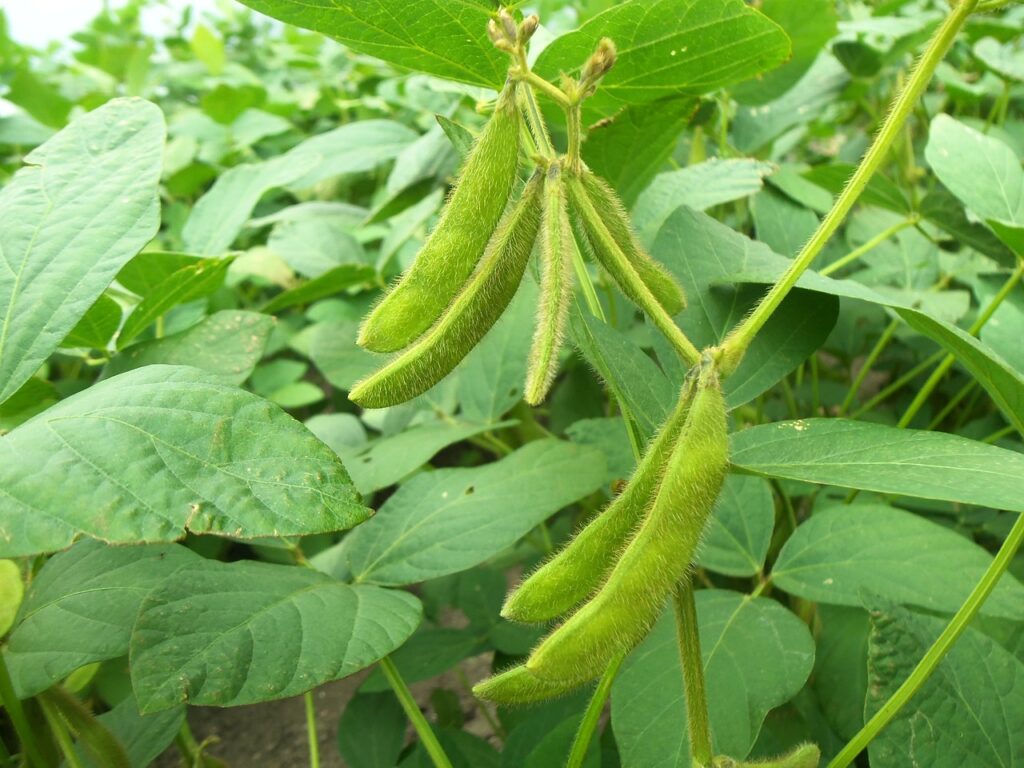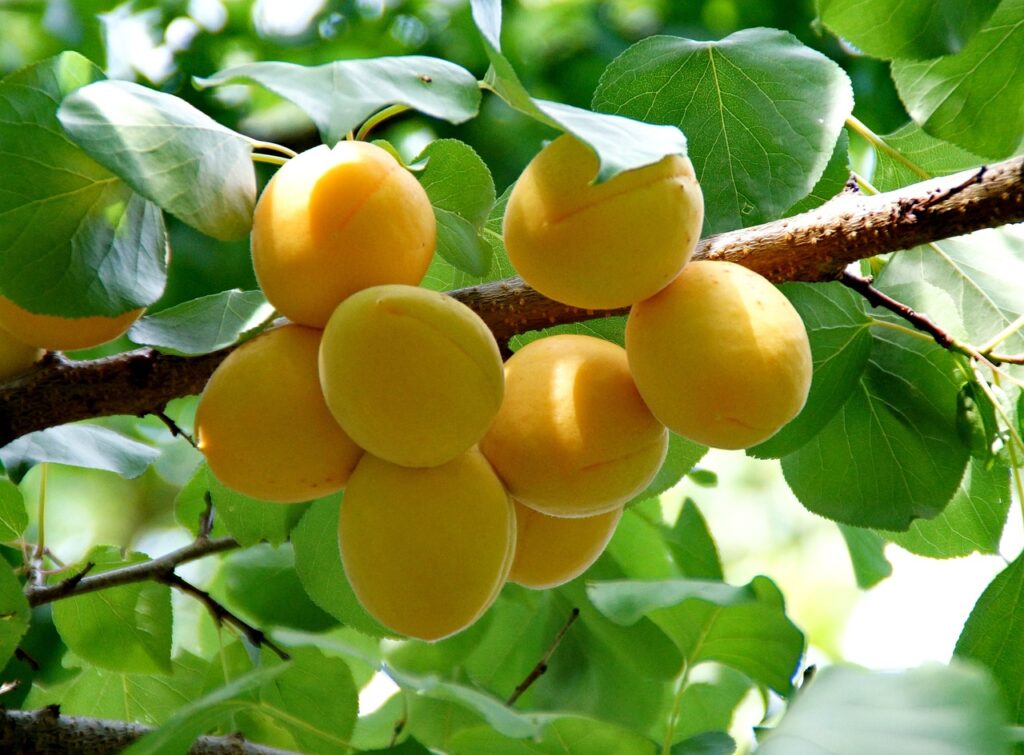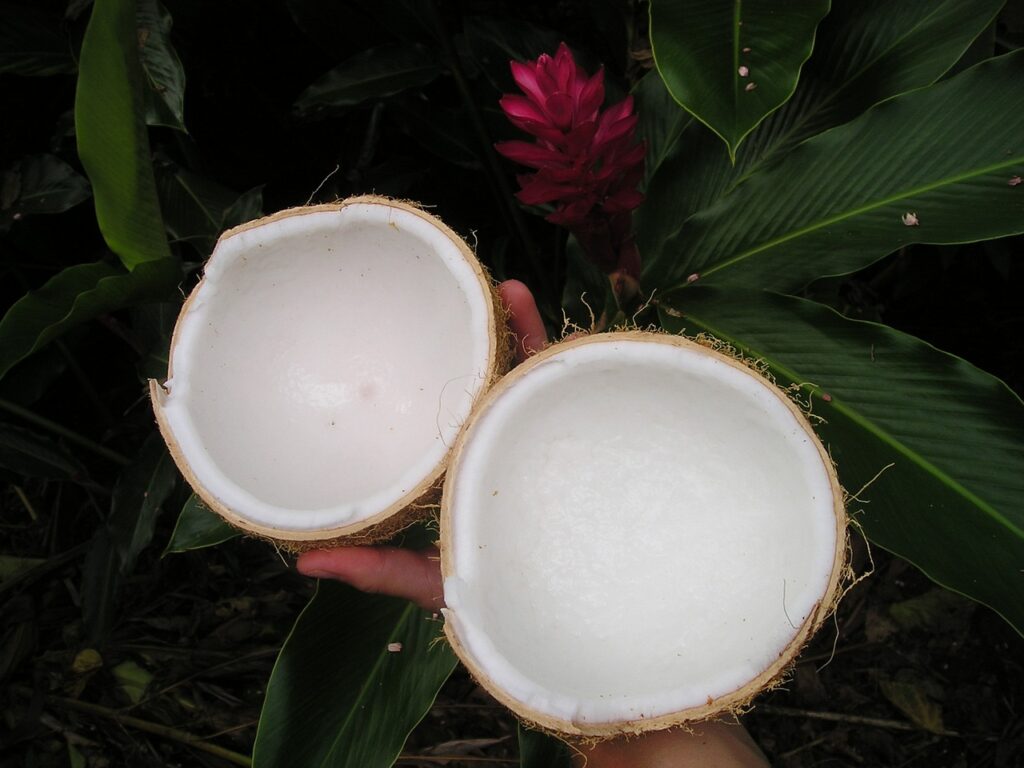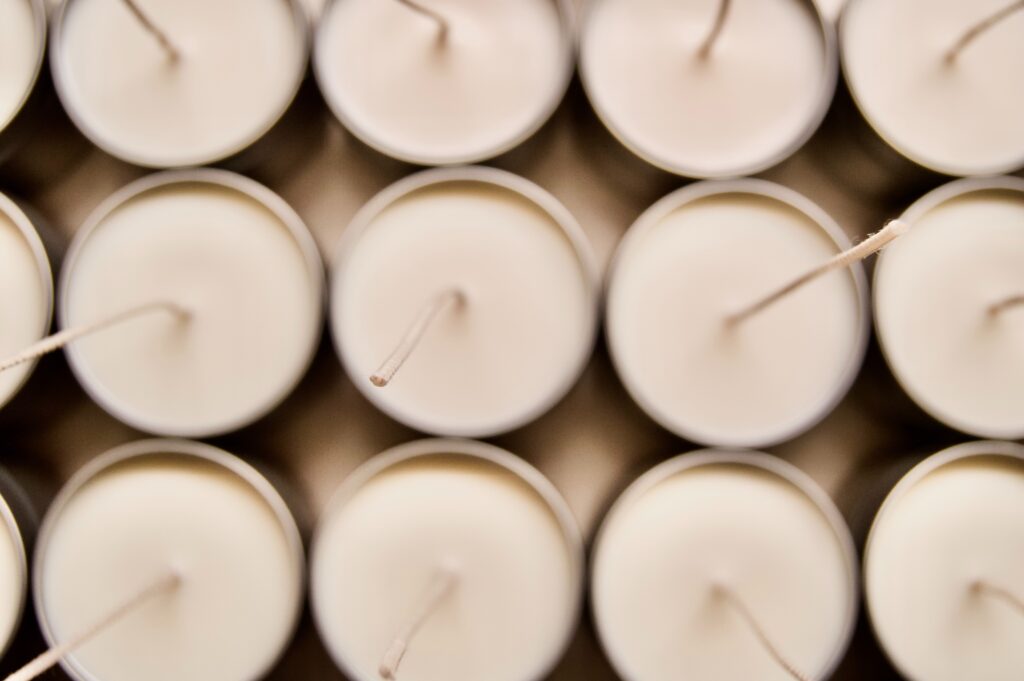




Choosing the right candle wax is a pivotal decision in the world of candle making. Beeswax, paraffin, soy, coconut, and apricot waxes, along with various blends, offer you an array of choices.
When you’re getting started with candle making, there’s a lot on your plate. You’ve got to think about how your candles will look. Are you going for a variety of colors? And what about the containers? Mason jars, clear glass, or amber-colored ones – the choices seem endless. Plus, the candle wax options can be a bit overwhelming.
However, with all these decisions to make, the critical first step is selecting the right wax. Your choice of wax will influence virtually everything else in the process. It determines whether you’re creating container candles or pillars and affects factors like fragrance strength, color vibrancy, and burn characteristics.
And, let’s not forget about the wick – that’s a whole other conversation! In your journey of candle making, here are five types of candle waxes to consider: Beeswax, Paraffin, Soy, Coconut, and Apricot. Each of these waxes has its own set of advantages and drawbacks, so the best wax for you ultimately depends on the type of candle you wish to create and your personal preference.
Beeswax
Beeswax has been used for candles as far back as the ancient Egyptians, who used beeswax for candles and embalming the dead. Also a shout-out to ancient Romans and Greeks.
Back in the day, beeswax candles were reserved for royalty and the church, so not your average Joe. The Joe’s largely used animal fat (tallow) for their candles. Those animal fat candles were soft, hard to stay lit, and smelled horrible, so no thanks.
Back to beeswax. In case it’s not obvious, beeswax is a natural wax made by bees, it’s a renewable resource and has a natural honey scent. Beeswax burns longer and cleaner than paraffin wax and emits negative ions, which cleans the air, wow.
It also has a high melting point, so your candles will burn for longer periods. A downside is that beeswax is more expensive than other waxes and because of its naturally sweet fragrance, it’s more difficult to use fragrance with it, so most don’t.
This is generally considered a wax for more experienced candle makers.
Paraffin Wax
Paraffin wax has been around since the 1850s and according to the National Candle Association, it’s currently the most commonly used wax for making candles.
Where does it come from? Well, this is what bothers some people. It’s a byproduct of crude oil. The waxy substance is part of the oil and then it is separated. This might sound gross, but remember the animal fat candles?
Just FYI… some other items that contain paraffin include crayons, petroleum jelly (aka Vaseline), and some cosmetics.
Back to candles. Paraffin is used often because it’s widely available, easy to use, and affordable. This is the first wax that I used in my candle making class. Before that, I hadn’t thought much about the different types of waxes used in candles.
We used paraffin wax in class for our pillar candle and that’s an excellent choice because of it’s high melt point which makes the wax harder and gives a pillar candle good structure.
This is generally considered a good wax for beginner candle makers.
Fun fact: The iconic brand Diptyque (which I think has the coolest label of all time) uses paraffin wax.
Soy Wax
If you shop for candles, soy wax will sound familiar. Soy wax is popular among hand- poured candle makers. When I made my small batch of candles, I chose soy wax. Although I didn’t know much about all of the waxes, I knew it was renewable, so a plus for the planet.
So it may seem obvious but here goes, soy wax is a vegetable wax made from soybeans, the oil of soybeans to be exact. It’s a renewable resource and is biodegradable, making it more of an eco-friendly option.
Soy wax burns slower than paraffin wax and also has a lower melting point, which can make it easier to work with.
It’s a softer wax, so the hot throw is not as strong as paraffin wax and if you want to use dyes, they’ll be lighter in color (more pastelly, a word I did not make up), so if you want a deep colored candle, I’m looking at you holiday red and green, that may be difficult to achieve.
I liked using this wax and thought it was easy to work with. Some complaints that people have about the wax like frosing on the top or trouble adhering to the sides of the jar, I didn’t experience. Also, I didn’t use any dyes because I like the natural color of the wax.
Thumbs up for beginners.
Coconut and Apricot: newer waxes on the block
These go together because coconut and apricot waxes have a lot of similarities. Each is sustainable, renewable, and biodegradable.
Coconut wax comes from the oil of the coconut meat and apricot wax comes from the oil of the apricot kernel. They have a low melt point and hold fragrance very well for an excellent hot and cold throw.
You’ll see them often combined as a coconut-apricot blend and also blended with soy.
They are widely considered easy to use and I will definitely be trying them out.
How about you?



Great insights on the different types of candle wax and how they impact burn quality and fragrance throw! For anyone serious about building a candle brand, it’s also worth considering how your packaging complements your wax choice.
Thank you so much! That’s an interesting idea to consider your wax choice when deciding on the packaging. It makes good sense because it’s part of what makes your brand. Good luck with your candle making!